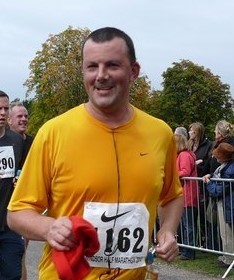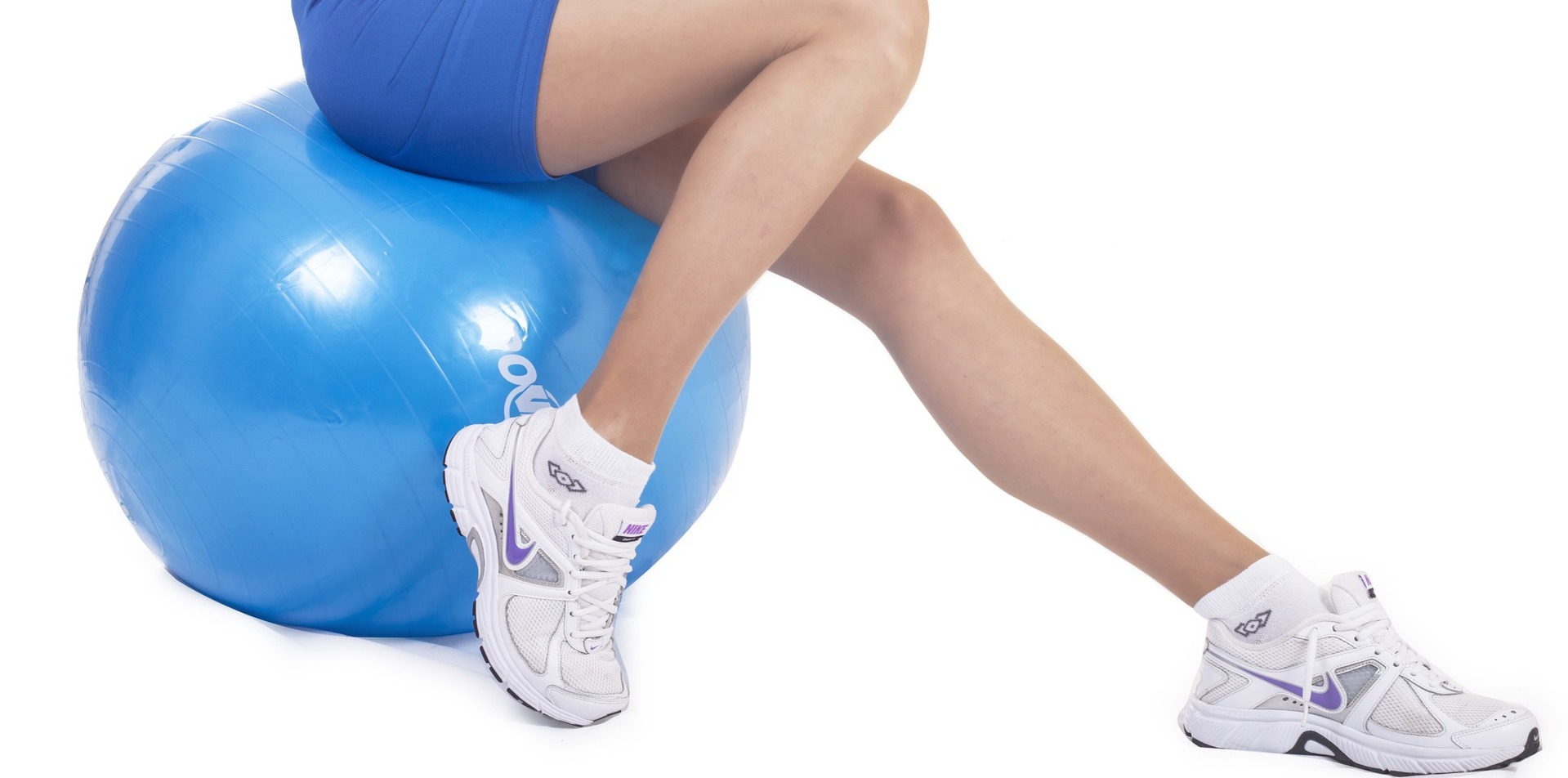Calf pain, is it a tear or is it muscle overload ?
Posted on 17th January 2021 at 16:36
Calf pain can often occur during physical activities like running or exercise classes.
Experiencing calf pain during exercise can make us anxious that we have torn a muscle. However, if the pain we experience during exercise recovers quickly or is only felt during exercise, it is unlikely that this would be a muscle tear. This is more likely to be due to muscle overload, also known as biomechanical overload syndrome.
A calf muscle tear involves a structural change within the muscle which will be felt acutely and continuously whenever the muscle is contracted or stretched until the structure has healed. Calf tear symptoms of pain would be experienced not just during exercise but after exercise when the muscle was required to work.
Calf muscle overload does not involve any structural change in the muscle. Currently, it is thought that the most likely driver of this type of pain is a reaction to fatigue which occurs when the load capacity of the muscle is exceeded. Typically, the symptoms of muscle overload are felt as a gradual tightening or achy sensation during exercise which progresses to feeling like the muscle may cramp. These symptoms will ease with rest only to return when exercise recommences.
Biomechanical Overload Syndrome
The calf pain caused by biomechanical overload syndrome can be very similar to pain during exercise which is referred from the lumbar spine, nerve irritation, restricted neural mobility, or vascular disease so it is important to identify if these are factors that could be contributing to your pain. If you are concerned about what is causing your pain, see your physiotherapist or doctor for assessment.
Treating biomechanical overload syndrome of the calf muscle involves reducing your exercise load to a level where pain is not provocative and strengthening the calf muscle to improve its capacity to load. Muscles which are involved in propulsion (Glutes, Hamstrings and Quadriceps) should also be strengthened to ensure that the calf is not having to work any harder to compensate for a lack of contribution from these muscles.
A torn calf muscle will initially require rest from provocative exercises while healing takes place and scar tissue forms. Once the integrity of the calf has been restored to a level that allows the muscle to work without discomfort, a gradual return to exercise and strengthening can begin.
If you feel you would like further assistance with a calf pain problem that you have, please feel free to contact us for assessment.
Author
Craig Fowlie

Craig is a highly specialized physiotherapist with post graduate qualifications in Acupuncture and Sports and Exercise Medicine.
He has worked with Professional Rugby sides in New Zealand and has assisted Great Britain Table Tennis at the World Team Championships and Olympic Qualifiers in Qatar and Germany. He is a consultant for the Governments Talented Athlete Scholarship Scheme and has published and presented research in the Journal of Physiotherapy and the Chartered Society of Physiotherapy Annual Conference.
Outside of work he enjoys participating socially in triathlon and running.
Tagged as: calf pain, colchester physiotherapist, Colchester Physiotherapy and Sports Injury Clinic, injury advice, physio really helps, quality assured clinic, sport injury
Share this post:







